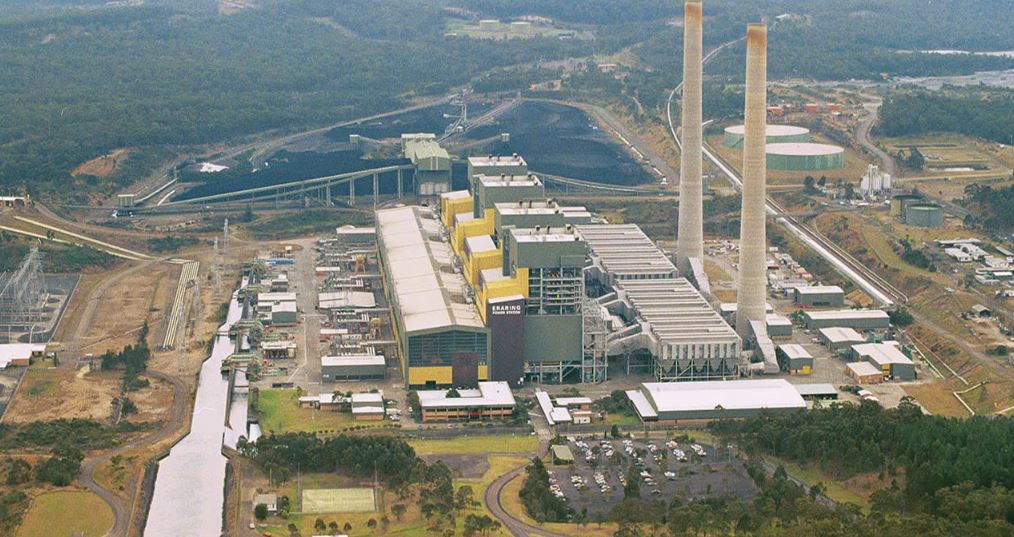To do so would require the New South Wales (NSW) government to compensate Origin and transfer wholesale price and fuel supply cost risk to NSW consumers, using public funds to prop up and prolong private coal power generation in the state. This is untenable for a number of reasons.
First, cost. For Climate Energy Finance’s latest report on Eraring we reviewed available data to estimate that to keep all four generation units of Eraring open beyond 2025, NSW electricity users would bear the brunt of yet another coal subsidy of a minimum $120-150 million (USD 78.3-97.99 million) annually.
NSW consumers are already funding Origin an estimated $468 million, since the government introduced measures in December 2022 to cap the price generators would pay for coal, a response to fossil fuel hyperinflation resulting from sanctions on Russian exports after its invasion of Ukraine.
This represents nearly half-a-billion dollars of public money already sunk into the energy giant.
But this is not the only largesse the company has enjoyed courtesy of the people of NSW. In 2013, the then state government paid Origin $75 million in taxpayer monies to take over Eraring when the asset was privatised, or more accurately, gifted.
As Origin enjoys liberal access to the public purse, it reports an average pre-tax cash contribution from Eraring of $382 million per annum over the financial years 2019-2021. Eraring’s performance is not disclosed since, but Origin Energy recently reported in the first half of 2024 a doubling in its underlying earnings overall.
In other words, the company is in rude financial health, thank you very much. Short of a serious risk to energy security that requires Eraring to continue to operate, it is hard to make a case for paying yet more hundreds of millions to a private operator for the life support of an increasingly unreliable, heavily polluting coal clunker.
Our research into the NSW electricity system shows, on the contrary, that Eraring is not needed post the first quarter of 2026. Combined with new interstate grid transmission and new subsidised gas peakers, there is more than enough new firmed zero-emissions replacement capacity under development in NSW to offset the loss of capacity from Eraring’s phased closure.
We are therefore confident that the lights will stay on in NSW if Eraring is progressively phased out, half in March 2025, as we recommend in our report, and half closed by March 2026 after the summer 2025/26 peak demand season. There will be no material risk to energy security, reliability or supply. And under this closure schedule, Origin would still use the same total amount of coal as a full four-unit closure in August 2025 as planned.
The government now has a golden, time-critical opportunity to transform the state’s energy system. It should be building on the energy transition momentum of the previous NSW government – and on recent energy price moderation, as seen in the Australian Energy Regulator this month flagging moderate NSW retail price declines from 1 July, after years of damaging hyperinflation smashing consumers.
To do this, it needs to pivot, reorient its policy and investment focus to deflationary low-cost firmed renewables, and accelerate their deployment, to permanently slash power prices for households and businesses across the state.
The government should redirect any taxpayer subsidy it is contemplating for Eraring to fast to deploy zero-emissions solutions, including distributed Consumer Energy Resources (CER) and commercial and industrial (C&I) renewables resources, such as rooftop solar and batteries, as well as incentivising virtual power plants, demand side participation and growing grid orchestration capacities.
It needs to complement the above with an accelerated rollout of the state’s utility-scale renewables infrastructure pipeline, including wind, solar, batteries and transmission, while leveraging existing transmission capacity wherever possible, to rapidly decarbonise the grid. This means fixing the chronic approvals delays in state planning.
Another part of the solution is a progressive coal royalty regime. NSW will belatedly lift the coal royalty rate from 7-8% of revenue to a flat rate of 10-11% as of 1 July 2024, but only a progressive tiered system based on coal prices, as in Queensland, is effective in ensuring that when coal price hyperinflation inflicts energy poverty on citizens, additional state revenues are generated to return to the people as energy bill offsets, and can help fund public investment in consumer energy resources to permanently solve the energy, cost of living and climate crises.
On this point, it is worth remembering that the opportunity cost of subsidising Origin is material; for example, the $120-150 million pa required to underwrite Eraring’s extension is more than six times the total funding pa NSW has committed to electrifying and solarising social housing (~$22 million pa).
On climate grounds alone, time’s up for coal power. A speedier transition of the electricity system and an end to coal are key enablers of NSW’ emissions reduction goals – including its ambitious, recently-legislated target to cut emissions 75% by 2035.
Considering all of the above, there is no case to fund Origin to operate Eraring beyond its slated closure date – in effect a massive tax on the people of NSW to slow the transition. The government should instead commit to the scheduled closure of Eraring, rule out yet more subsidies to Origin Energy for its extension, and redouble its efforts to transform the state into a zero-emissions energy leader, reaping the benefits for all.
Authors: Tim Buckley, Director, Climate Energy Finance; AM Jonson, Chief of Staff, Climate Energy Finance
The views and opinions expressed in this article are the author’s own, and do not necessarily reflect those held by pv magazine.
This content is protected by copyright and may not be reused. If you want to cooperate with us and would like to reuse some of our content, please contact: editors@pv-magazine.com.








Why not just keep the generators and the grid connection and produce the heat with new H2 gas turbines? Just as backup energy source.